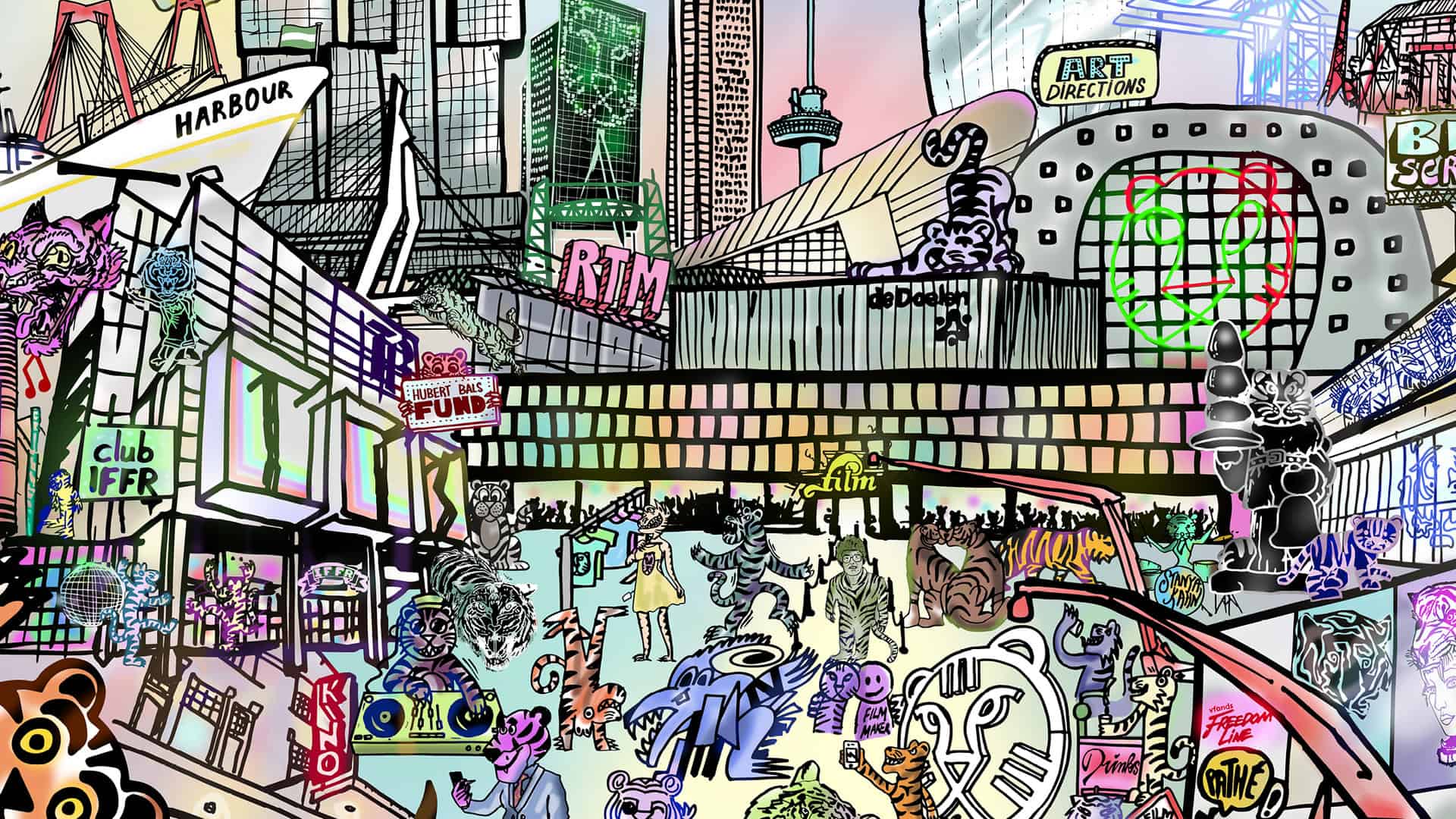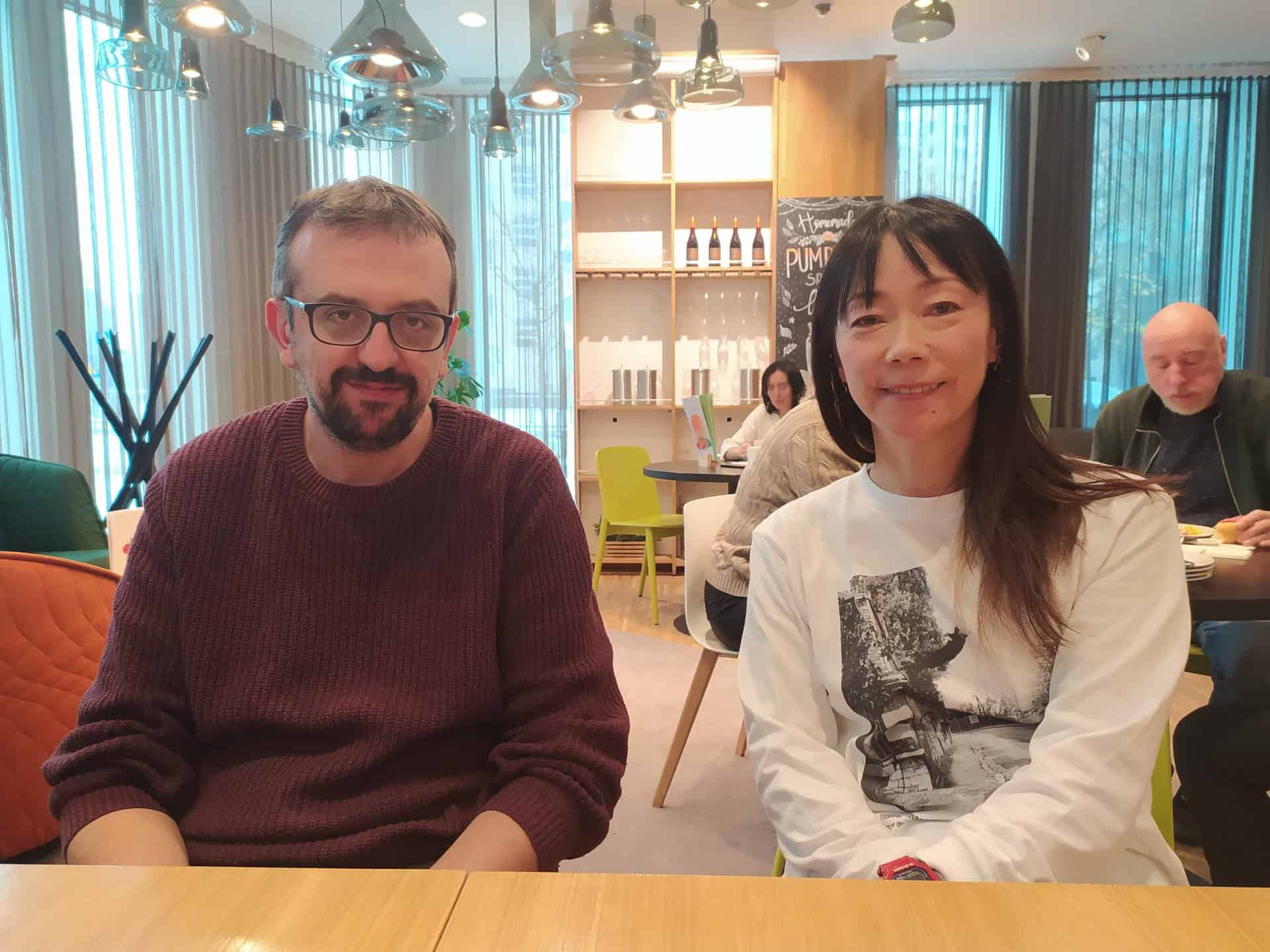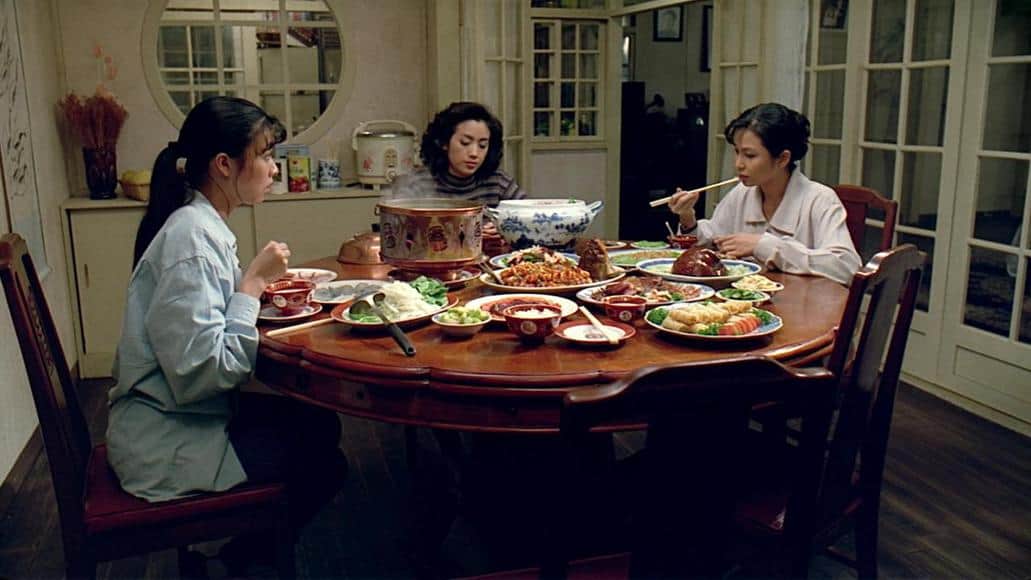By Paul Caspers
Junji Sakamoto was born in 1958 and shot his first 16 mm short in 1986. His lengthy filmography includes movies about boxers—including his debut feature “Knockout” (1989)—and yakuza, political thrillers, historical films, and domestic dramas, and much besides. He used to be known for macho protagonists, but when gave the stage actress Naomi Fujiyama her first starring role in “Face” (2000), he gathered international acclaim, which has eluded him since. Hailed as ‘one of the unsung heroes of modern Japanese cinema' by the critic Tony Rayns, he never became a household name, but the qualities and the sheer diversity of his work suggest a re-evaluation is overdue.
Junji Sakamoto's latest film “Okiku and the World” had its world premiere at the Rotterdam International Film Festival, ahead of its Japanese release in late April, and the writer-director, attending the festival for the first time in 22 years, agreed to answer a few questions.
Okiku and the World screened at International Film Festival Rotterdam

“Okiku and the World” takes place in mid-19th century Edo, and focuses on a young man who pays to collect human excrement from lavatories, which he transports by bucket, cart and boat, and sells at a profit to a farmer for use as manure. The man introduces a handsome acquaintance to the business, who gradually develops a kind of romance with the daughter of a former samurai—to his mentor's irritation. Sakamoto presents the gentle love story as a socio-comedy, with copious amount of scatological humor. He shot the film in a mere 13 days with a crew of regular collaborators.
The film starts with the caption ‘Where Does Edo's Poop Go?'. Is this a question you asked yourself?
Actually, the producer, Harada Mitsuo—who is also often the production designer for my films—came to me with the idea to make a film about circular bio-economy. But I didn't want to make anything philosophical or anything with a meta-theme. When I was researching the topic, I discovered that the recycling system of human waste was already developed during the Edo period. So the film was inevitably going to be about shit: a very direct and raw way to introduce the theme. Within this theme, I wanted to work out the issue of social classes, and introduce a romance.
The waste collection and transportation is shown in very convincing detail. You must have done a lot of research.
There are vast amounts of historical documents about the Edo period, many of them about samurai lineage and traditions—obviously because the samurai were the only ones who were literate. In those documents, there are fragments of information about the daily life of ordinary, poor folk—what they wore, how they ate and lived. There was a type of concentrated housing complex called nagaya for the lowest classes, who created their own society in it. I picked up things from that, and I also drew inspiration from the many images of toilets and such that exist. Moreover, in my own childhood, the toilets were almost exactly the same: no sewer system, the waste was dropped in a hole and someone would come to collect it. So I used my own memories—also of the stench.

You have sole screenwriting credit on this one, but several of your other films are written by others or adapted from novels. Which do you prefer?
I've directed about 30 films, and I wrote about 23 of them myself. When I write a story about ordinary daily life, I prefer to do it on my own. But when the scale is bigger, or international, I like to ask a senior writer for assistance.
Was this one always going to be in monochrome and Academy ratio?
Yes, it was. It's been long been my wish to shoot a film this way, but it's difficult in the modern film industry. I believe that for a period film like this, it's perfect. Monochrome leaves so much space for the imagination. I decided early on to end each of the chapters with a shot in color. If everything were in monochrome, it would feel like the distant past, like archival footage. So I used the color shots to indicate that what you see is also relevant to the present.
And perhaps to show shit as it actually looks?
I actually think you can almost smell the stench when you see it in monochrome. The color shots may be shocking to the audience, but I prefer that. I am anxious about tonight's premiere, though!
Do you think the Japanese audience will have a different reaction?
I think people will react differently in each country. But in general, I think the audience in Japan is expecting something easy and obvious to understand. They won't appreciate something that deviates from the norm. I imagine that more than elsewhere, they will feel like they've been shown something nasty. Do you know Japanese curry? I'm only half-joking when I say this, but it resembles shit. The connection between the two is a common joke.
The film itself is full of scatological jokes, probably more than can be expressed in the subtitles.
The translator, Linda Hoaglund, has done a lot of subtitles for historical films, and for Nagisa Oshima, and she recognizes that different ages have different words. She has my full trust.















